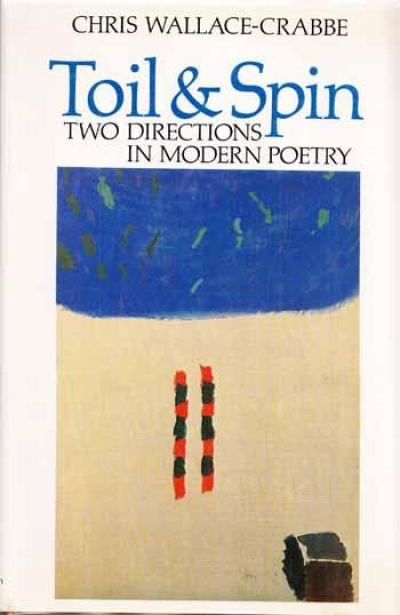From its mix of fiction and criticism to the format of its contents page, this collection is clearly a follow-up to Helen Merrick and Tess Williams’s feminist science fiction anthology, Women of Other Worlds (1999). There are, however, major differences. Women emerged from a unique and unrepeatable event, a meeting of live minds at the twentieth WisCon Feminist SF Convention. It is wildly eclectic, often irreverent, ranging from recipes and e-mail debates on gender to full-blown critical articles on female fan culture, united only by the feminist perspective and the contributor’s presence at WisCon. Its reprints go back no further than 1986. The reader is encouraged to dip. In contrast, Earth is united by its ostensible theme, ‘far futures’, with reprints from as far back as the 1930s, but only ‘proper’ fiction – stories, excerpts from novels – and ‘proper’ critical pieces. The overall tone is sober if not solemn, and the single-minded thematic focus produces a strong similarity to Vegemite. Small dips are quite enough.
...
(read more)



